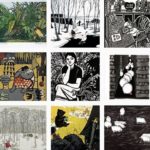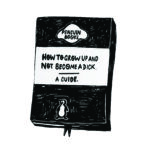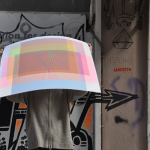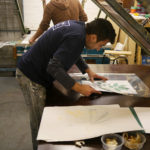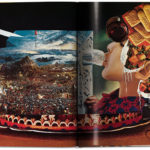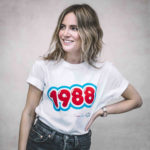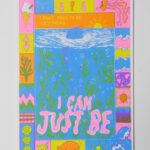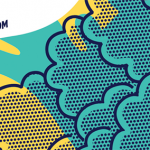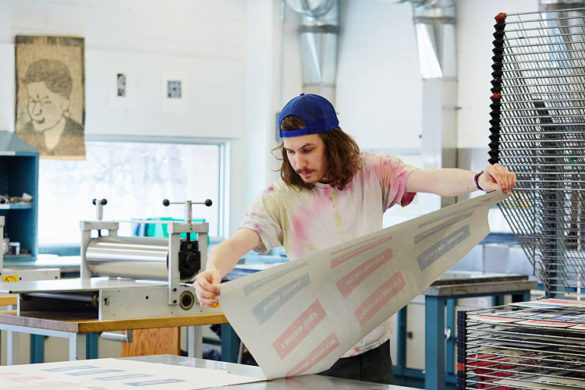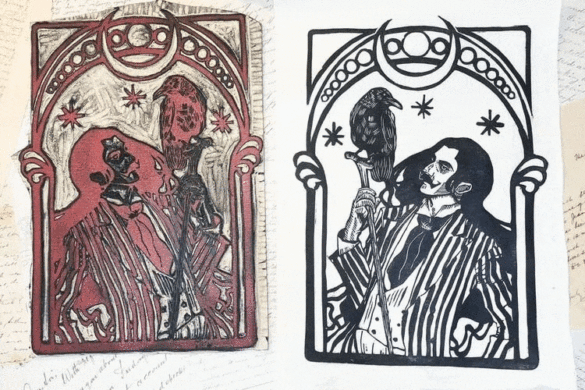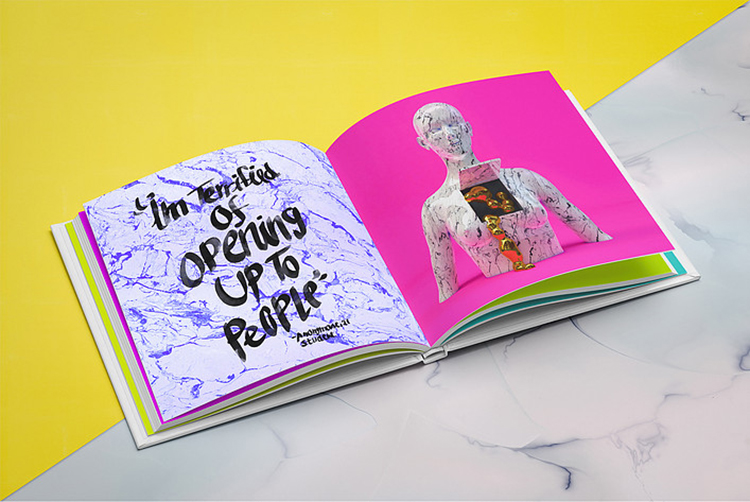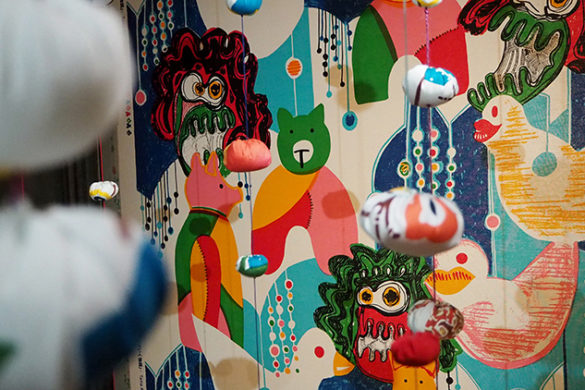“Bold, uncanny, experimental,” is how Funmi Lijadu would describe her creative practice in three words when asked by People of Print. At 24, she is a “writer, artist, publicist [and] full-time human” blurring the boundaries of print and digital storytelling through mixed-media and mixed-material collage making. These intersections reflect Lijadu’s hybrid positionings as a Y2K-era baby raised in both the UK and Nigeria. Accordingly, her biggest collaborations to date include global clients, with the likes of Art X Lagos, The Tate and Tinder gracing her portfolio. Digital in practice, analogue in spirit, Lijadu’s work engages surrealist play to distort the line between irrational and rational understandings of social activism, cultural identity and Afro-feminist thought. Probing more about her multifaceted approach to print-making, People of Print talked with Lijadu, learning more about her background, art style and upcoming projects.

 How did you first get into collage making and why?
How did you first get into collage making and why?
I got into collage making when I was in primary school because I really loved magazines from a young age. I started making mood boards related to fashion and lifestyle. When I was a teenager, I would submit my collages to open calls and magazines and enjoyed it a lot. Eventually, I won the Tate collective Open Call in 2018 ,which was my first big commission. Now I’m enjoying developing my practice and working hard at establishing my creative voice. I’ve since worked with Barbican Centre, Wellcome Collection, Tate, Tinder, Everpress, Shape Arts and more.
 Describe your art-making process.
Describe your art-making process.
My art-making process involves image research, looking through magazines, books and other materials. I have an archive of interesting images that I’m drawn to and the work develops out of that instinctive process. Though I make digital artwork as well, my process is primarily analogue, as I cut and paste by hand to create my collages.
Describe your art style in three words. Why those three words?
I would describe it as bold, uncanny, experimental. When making my collages I choose bold colours, and I like combining images in strange ways and experimenting with techniques in order to get my message across.
What kind of messages are you aiming to convey in your work?
In my work I love weaving in issues relating to identity, heritage and history and that has always felt organic to me. Turning towards themes relating to social attitudes is a strong impulse I have in my work but a lot of it is also playful abstraction and enjoying a surrealist sensibility.


 What’s been the most fun project you’ve worked on and why?
What’s been the most fun project you’ve worked on and why?
I really enjoyed my collaboration with Sweet Thang Zine a couple of years ago where I designed a ‘Manifesto for Enjoyment’ and we sold the high quality gicleé prints together. The manifesto proposed things like the right to move slowly and rest, to accept oneself. That being said, I also enjoyed working with Everpress x Shape Arts in 2021. This was a follow-up project to my work at the Shape Arts Open, ‘All Bound Together?’ group exhibition, where I created collages focusing on the theme of connection during the pandemic.
Have you faced any challenges working as a Black woman in the printing industry? How have you navigated them, if so?
I haven’t faced challenges directly as a result of my race but the business of printing can often be an expensive process because of its niche audiences, whether it’s people who buy zines or art prints. As a result, it often requires heaps of self-belief and an injection of external funding to be sustainable financially. Because many artists self-fund their projects, the amount of work that can be printed and shared is often limited, and I pursue print-on-demand and limited run approaches to printing in order not to operate at a loss.
 You make zines, t-shirts, posters and more. What’s your favourite material to print your collages on?
You make zines, t-shirts, posters and more. What’s your favourite material to print your collages on?
I don’t necessarily have a favourite material to work with. I think different mediums provide different ways to connect with an audience. For example, I love making zines but posters and t-shirts equally open up interesting audiences in their own way. Clothing has a very broad market across most ages, political beliefs and identities whereas zines as a form of indie-DIY publishing attracts specific customers, usually young, educated and liberal.
With digital mediums becoming increasingly omnipresent in the creative sphere, how do you navigate the printing space? Do you ever make digital collages or is it always by hand?
My primarily analogue collage practice intersects with the print world in specific ways. For instance, I am a regular and enthusiastic zine contributor and maker. I also sell art prints. Print is not dead, it has just evolved into a space where you connect with audiences at specific fairs and events and online. Some people appreciate the tactile nature of print even more due to the increasingly digital nature of the contemporary world.

 Why do you love Zines so much in particular?
Why do you love Zines so much in particular?
Zines are a great way to communicate your ideas with the world and the DIY process means that you can often make them with things you have at home. At their core they are paper pamphlets and mini-books that can be a great home for ideas that the mainstream press might not make space for. Zines are the best friend to the innovator and self-starter
What projects and ideas do you have in the works right now that we can look forward to seeing from you?
I’m showing work at the Stephen Lawrence Gallery in Greenwich, London, for a show called ‘Layered & Interwoven’ opening 16th July and running until the 14th of September. I’ll be creating collages through print, textiles and montage video to examine post-colonial identity. I also want to publish a collaborative zine sometime before the year ends.
Stay tuned on my Instagram @artbyfunmi for updates.




